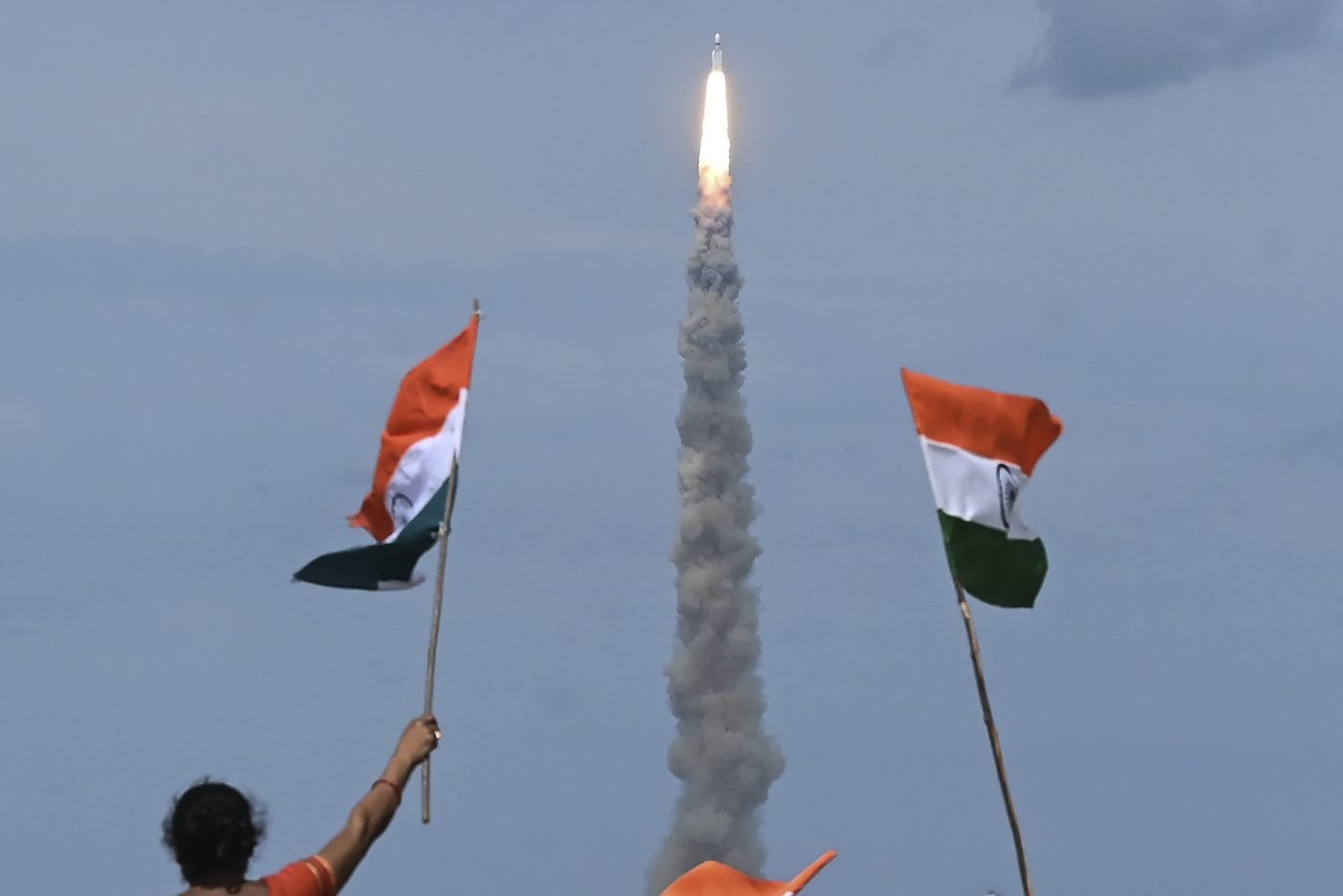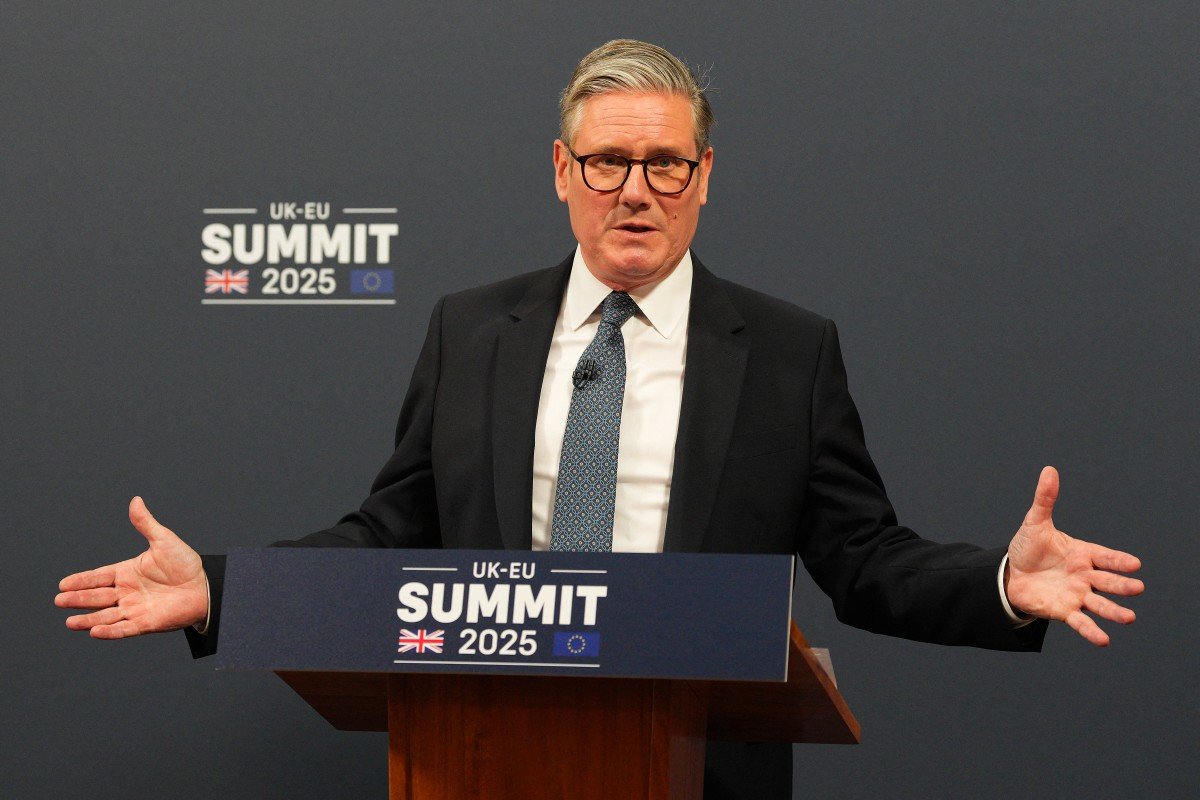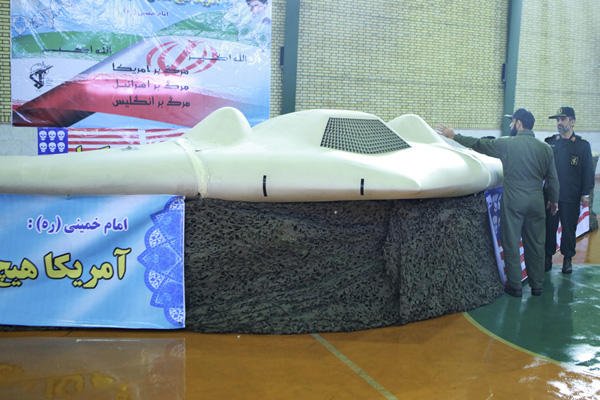India and Turkey (Türkiye) are increasingly finding themselves in opposing camps in geopolitical conflicts, spanning from the Mediterranean Sea to the Caucasus and South Asia.
Ankara supported Pakistan in the recent India-Pakistan war in May, and the Indian Prime Minister responded by visiting Cyprus and its ‘Green Line’ border with the Turkish Republic of Northern Cyprus (TRNC).
In the Caucasus, India and Turkey are arming the opposing sides. Turkey is providing arms and diplomatic support to Azerbaijan, while India has emerged as the top arms supplier to Armenia, accounting for as much as 43% of Yerevan’s defense imports between 2022 and 2024, according to SIPRI data.
Now, it emerges that these two countries are not only backing opposing sides in geopolitical conflicts, but they are also pursuing diametrically opposite paths to address their security needs.
Turkey, it seems, could sideline the Russian S-400 air defense system for its reentry into the F-35 Joint Strike Fighter (JSF) program. On the other hand, India is doubling down on the S-400 AD system, even as it remains cold to the unofficial offer of the F-35 fighter jet from the US.
Turkey To Ditch S-400 For F-35?
In the last week, as Turkey participated in the NATO summit in The Hague, two significant developments took place.
First, Turkey announced the expansion of its multi-layered air defense system, known as the ‘Steel Dome.’ Simultaneously, Ankara announced its willingness to rejoin the F-35 Joint Strike Fighter (JSF) program, eliciting a positive response from the US.
Speaking to reporters on the plane upon his return from the NATO summit in The Hague, Netherlands, Turkish President Recep Tayyip Erdogan emphasized the importance of the air defense system, saying that ‘Steel Dome’ is not just one system but a multi-layered system that will provide effective defense against missile threats.
While the ‘Steel Dome’ has been in the works for some time now, the recent India-Pakistan war in May, in which India targeted nearly nine terror camps and 11 Pakistani air bases with missiles, and the Iran-Israel war, wherein Tel Aviv targeted Iranian nuclear sites, have once again underlined the criticality of a robust air defense network for a country’s security.
Turkey’s ‘Steel Dome’
The EurAsian Times reported in August last year that Turkey has announced plans for a cutting-edge, domestically developed multi-layered air defense system, dubbed the ‘Steel Dome.’

The ‘Steel Dome’ is not just a single system but a ‘system of systems’, integrating various indigenous technologies developed by Turkish defense giants like Aselsan, Roketsan, and MKE. It combines sensors, communication modules, command and control stations, and AI-powered decision-making tools to create a comprehensive shield against aerial threats.
This robust defense network is structured in four layers:
-
Very Short Range (up to 10 km): Featuring systems like Korkut, Gökberk, and Sungur.
-
Short Range (5-10 km): Incorporating Herikks, Hisar A+, and Gökdemir.
-
Medium Range (10-15 km): Utilizing Kalkan 1, Kalkan 2, and Hisar O+.
-
Long Range (15-30+ km): Employing the Siper system, with a planned range of 100 km.
In March of this year, Turkish electronics giant Aselsan received a US$616 million infusion from the Turkish Ministry of Industry and Technology to build Steel-Dome-related technology facilities.
Last week, Turkish state-run media TRT Global reported, citing defense sources, that Ankara is planning to expand its layered air defense system across the entire country.
“We plan to invest primarily in our air defence system — the Steel Dome — and expand our layered air defense system nationwide,” the source told TRT Global.
However, what is significant is that Turkey’s multi-layered air defense network is unlikely to include the S-400 AD system.
Turkey ‘Cuts’ S-400 For Steel Dome
A statement issued by the Turkish presidential office described Steel Dome as a system that “connects all of the country’s air defense systems, sensors and weapons under a single network. This system creates a complete picture of the air situation, which is immediately transmitted to operations centers and provides timely support for decision-making with the help of artificial intelligence.”
However, it seems that Turkey has excluded the US$2.5 billion S-400 missile defense system from the new initiative.
Defense analyst Sinan Elgin underlined the practical difficulties in integrating the Russian S-400 AD system with Turkey’s indigenous AD systems.
“For a system like Steel Dome to be successful, it is essential that all systems and subsystems are fully interconnected and able to exchange information in an integrated manner. But a system like the S-400, which is not local, could become an obstacle to this integrated network,” Elgin told BBC Turkey.
Notably, Turkey has not activated the S-400, and the AD system is lying dormant at an undisclosed location.
This revelation was made by former Turkish Defense Minister Hulusi Akar. During a parliamentary committee meeting in November 2022, Akar lifted the veil on the status of the S-400s, stating they were “ready to be deployed” if threats emerged.
Earlier, former Turkish minister Cavit Çağlar had proposed a bold solution for Ankara’s S-400 conundrum: selling the S-400s. Cavit Çağlar, a former minister and businessman, stated that “Türkiye should consider divesting the S-400 system”.
When asked whether Turkey could sell the S-400 to its partner Azerbaijan, Calgar said, “No, Pakistan will buy them, India will buy them.”
While no official announcement has been made, signals coming from Ankara suggest that Turkey will build its multi-layered AD system without integrating the S-400 into it.

Turkey’s Re-Entry Into The F-35 Program
Turkey’s plans to build its ambitious layered AD system without integrating the US$2.5 billion S-400 system seem a deliberate attempt to allow its re-entry into the F-35 program.
In December 2017, Ankara announced an agreement with Russia to purchase two batches of the S-400 missile systems, totaling $2.5 billion. A down payment was made for immediate delivery, with an option for future acquisition and potential collaboration on the S-500 system.
The US, concerned about potential intelligence gathering on NATO operations, retaliated by removing Türkiye from the F-35 fighter jet program in 2021 and imposing sanctions under the Countering America’s Adversaries through Sanctions Act (CAATSA). Despite these apprehensions, the first components of the S-400 system arrived in Türkiye on July 12, 2019, as confirmed by the Ministry of National Defense.
Furthermore, the US warned Türkiye that activating the S-400 systems or purchasing additional batches would lead to stricter sanctions under CAATSA.
To balance its ties with NATO, Turkey has so far not activated the S-400, and the expensive AD system lies dormant at an undisclosed location in Turkey.
Now, it seems that Ankara’s decision not to activate the S-400, or integrate it with the indigenous ‘Steel-Dome’ AD system, is finally paying off.
Speaking to reporters on his flight home from the recently concluded NATO Summit in The Hague, Turkish President Erdoğan said that his country has not given up on the F-35 fighter jet and has communicated its intention to rejoin the F-35 consortium.
The comments were reportedly made following one-on-one talks between Erdogan and Trump on the sidelines of the summit.
“We have not given up on the F-35s. We are discussing our intention to return to the programme with our counterparts,” he was quoted as saying by his office on June 26. “We discussed the issue in our meeting with Mr Trump, talks at a technical level have started. God willing, we will make progress,” he added.
Meanwhile, the US envoy to Ankara stated on June 29th that US sanctions on Turkey’s defense sector, imposed over its purchase of a Russian air defense system, are likely to be lifted by the end of the year.
Speaking to the Anadolu state news agency, Tom Barrack said that US President Donald Trump and his Turkish counterpart, Recep Tayyip Erdogan, would instruct their top diplomats to “figure out the way and end it… My belief is that by the year-end, we have the possibility of having a solution.”
If all these dots are connected, it appears that by year-end, Turkey could rejoin the F-35 program, and the S-400 could be sold to a third country or would remain in a completely passive state within the country.
India Doubles Down On S-400
However, India is charting an opposite strategy.
New Delhi is cold to the US offer of an F-35 sale, and it is doubling down on the S-400. Following the brief four-day war with Pakistan in May, India is fast-tracking the acquisition of the remaining two squadrons of the S-400.
India signed a US$5.43 billion deal with Russia in October 2018 for five S-400 Triumf air defense missile systems. However, India has so far received only three squadrons.
Following the Operation Sindoor, India has requested that Russia expedite the supply of the remaining two squadrons. Separately, according to Indian media reports, New Delhi is considering the option of purchasing two more squadrons of S-400 air defense systems from Russia.
Unlike India, Turkey is a member of NATO. Activating the Russian AD system can lead to a host of issues between Turkey and NATO. This could lead to Turkey’s blockade of a host of NATO-operable weapons systems.
Furthermore, two of Turkey’s primary regional adversaries in the Middle East and the Mediterranean, Israel and Greece, both operate/will operate the F-35 fighter jet.
Israel has nearly 40 F-35I “Adir” fighter jets in its fleet. Meanwhile, Greece signed a Letter of Offer and Acceptance (LOA) in July 2024 to purchase 20 F-35A Lightning II aircraft from the United States, with an option to acquire 20 additional jets, in a deal worth up to US$8.6 billion.

Greece’s acquisition of the fifth-generation stealth aircraft, the F-35, can tilt the balance of power in Athens’ favour, particularly in light of Ankara’s numerous territorial disputes in the Aegean Sea and the Eastern Mediterranean.
Turkey is determined to bridge this air superiority gap with Greece.
On the other hand, India appears to be more focused on strengthening its air defenses and investing in air-denial platforms.
Notably, China has already inducted more than 200 fifth-generation J-20 Mighty Dragon fighter jets and has also unveiled a second fifth-generation fighter jet, the J-35. China is also supplying 40 of these J-35s to Pakistan.
Meanwhile, India’s indigenous fifth-generation fighter jet, the AMCA, is years, perhaps a decade, away from operationalization. In the meantime, New Delhi is focusing on strengthening its air defense capabilities by inducting the latest AD systems to deny air superiority to its adversaries.
India and Turkey, it seems, are not only backing the opposing camps in geopolitical conflicts. Instead, they are also adopting different security doctrines for their national security.
- Sumit Ahlawat has over a decade of experience in news media. He has worked with Press Trust of India, Times Now, Zee News, Economic Times, and Microsoft News. He holds a Master’s Degree in International Media and Modern History from the University of Sheffield, UK.
- VIEWS PERSONAL OF THE AUTHOR.
- He can be reached at ahlawat.sumit85 (at) gmail.com






